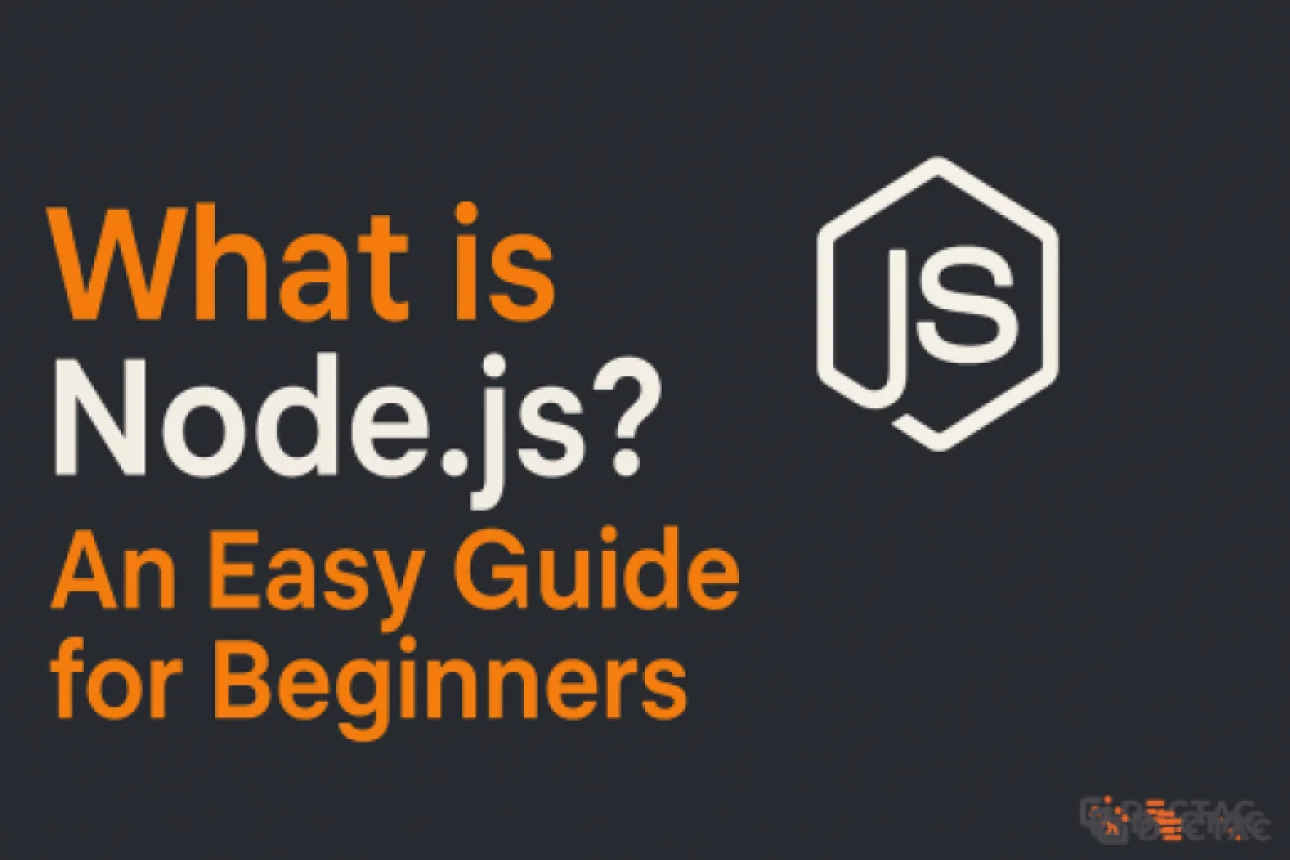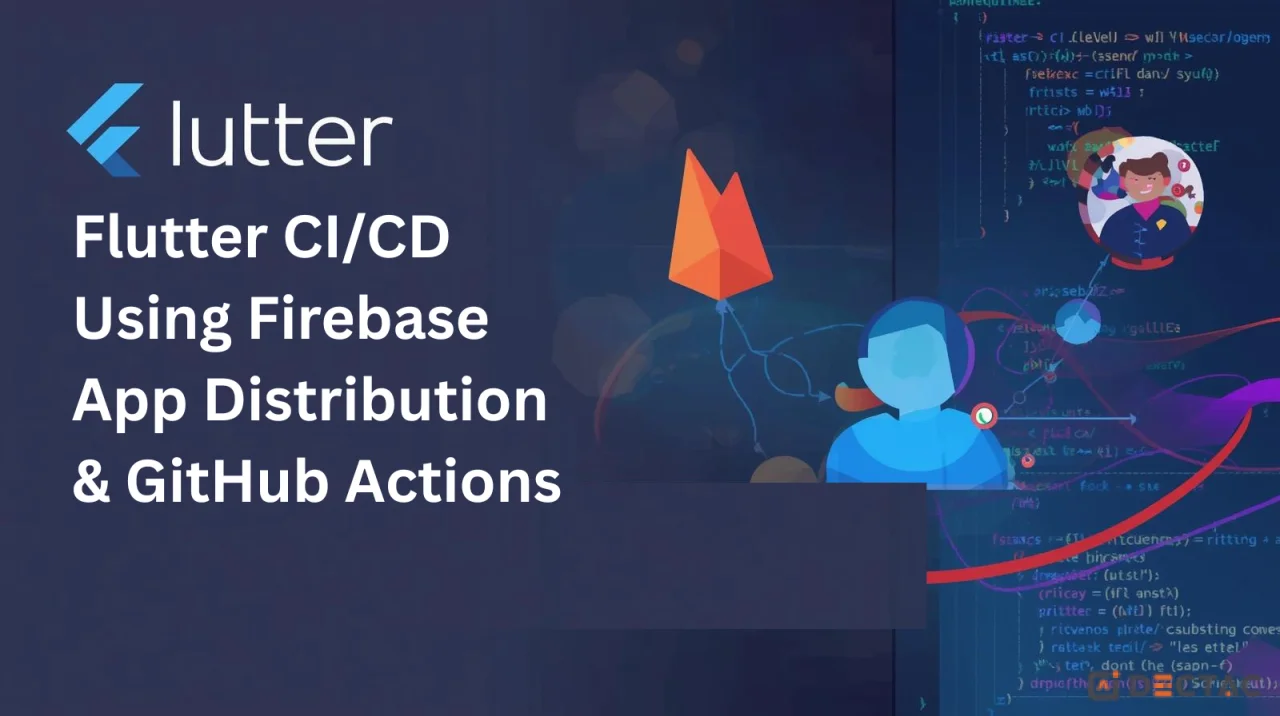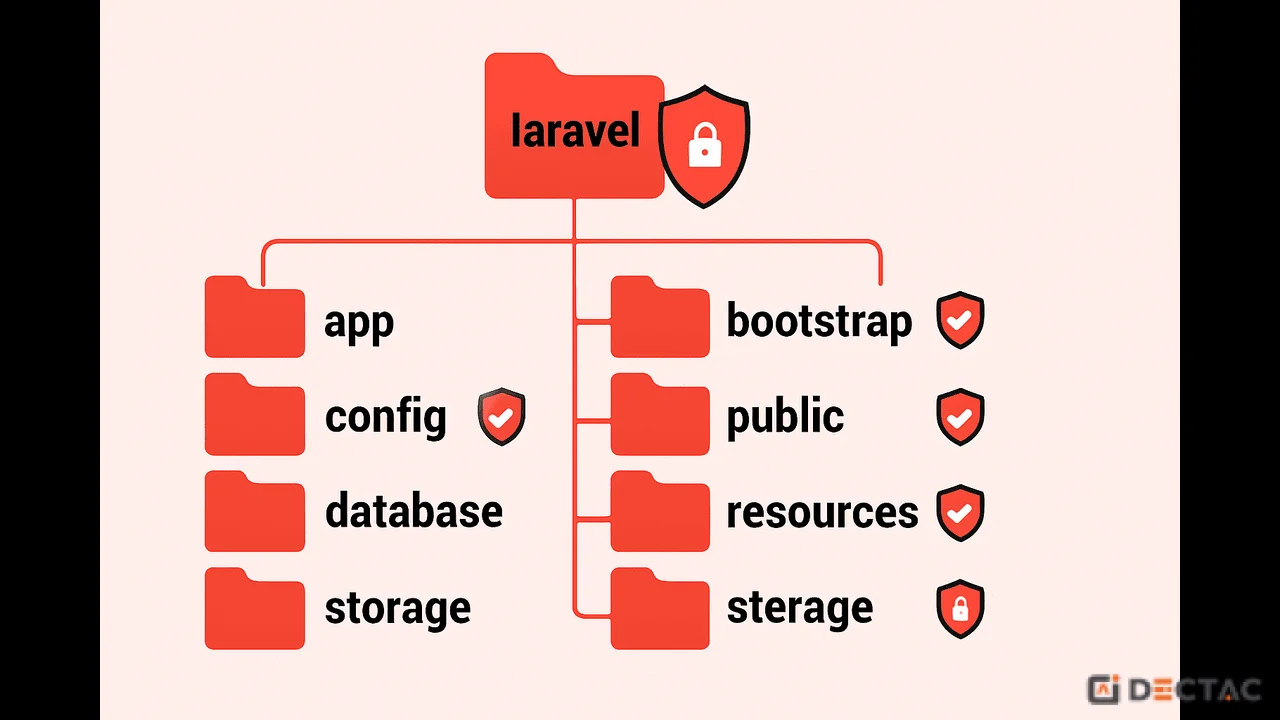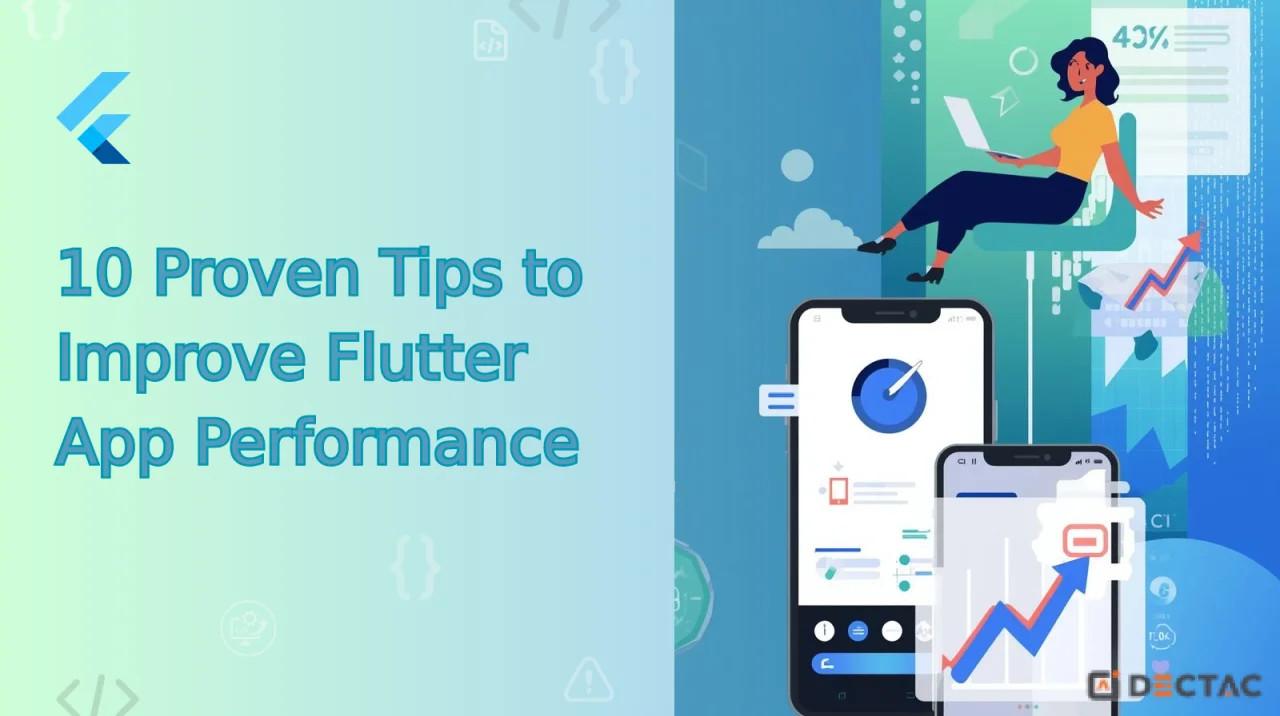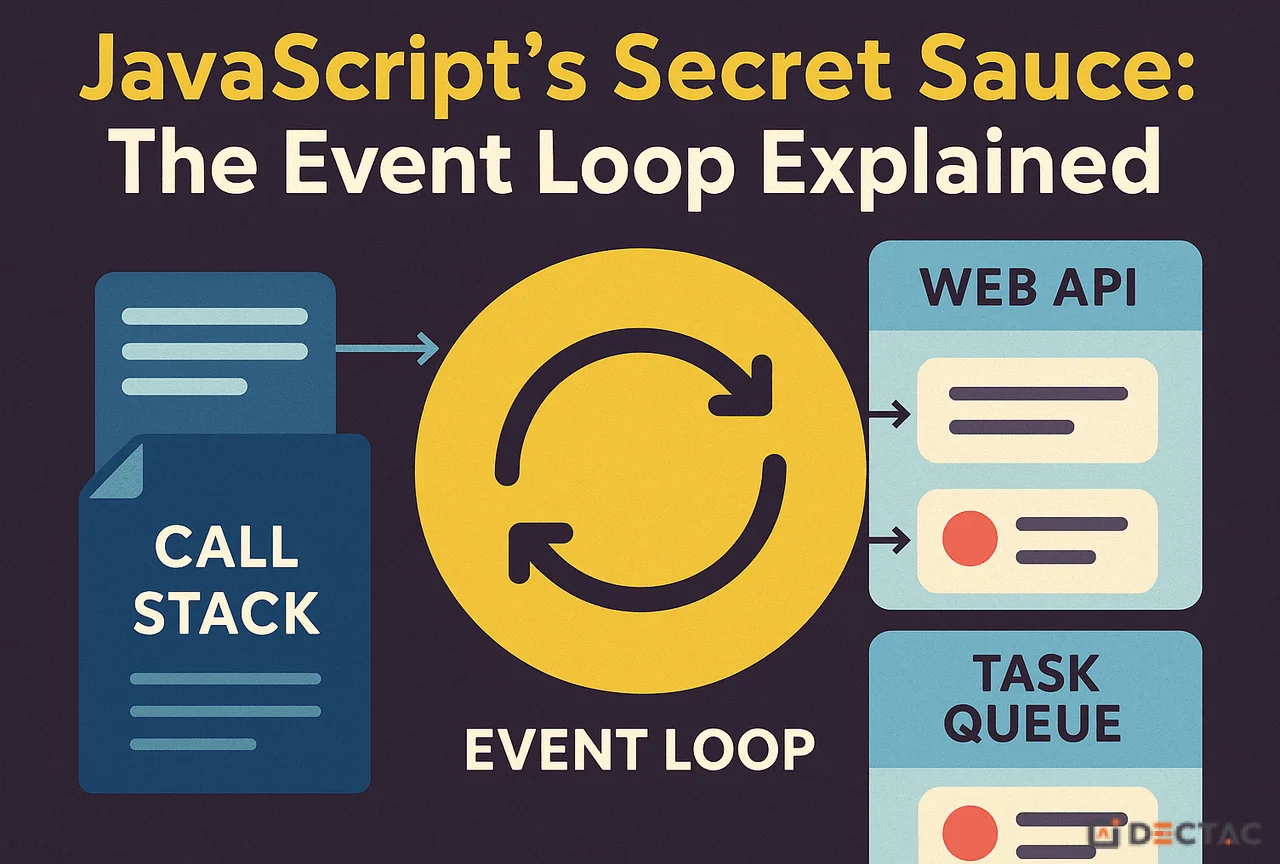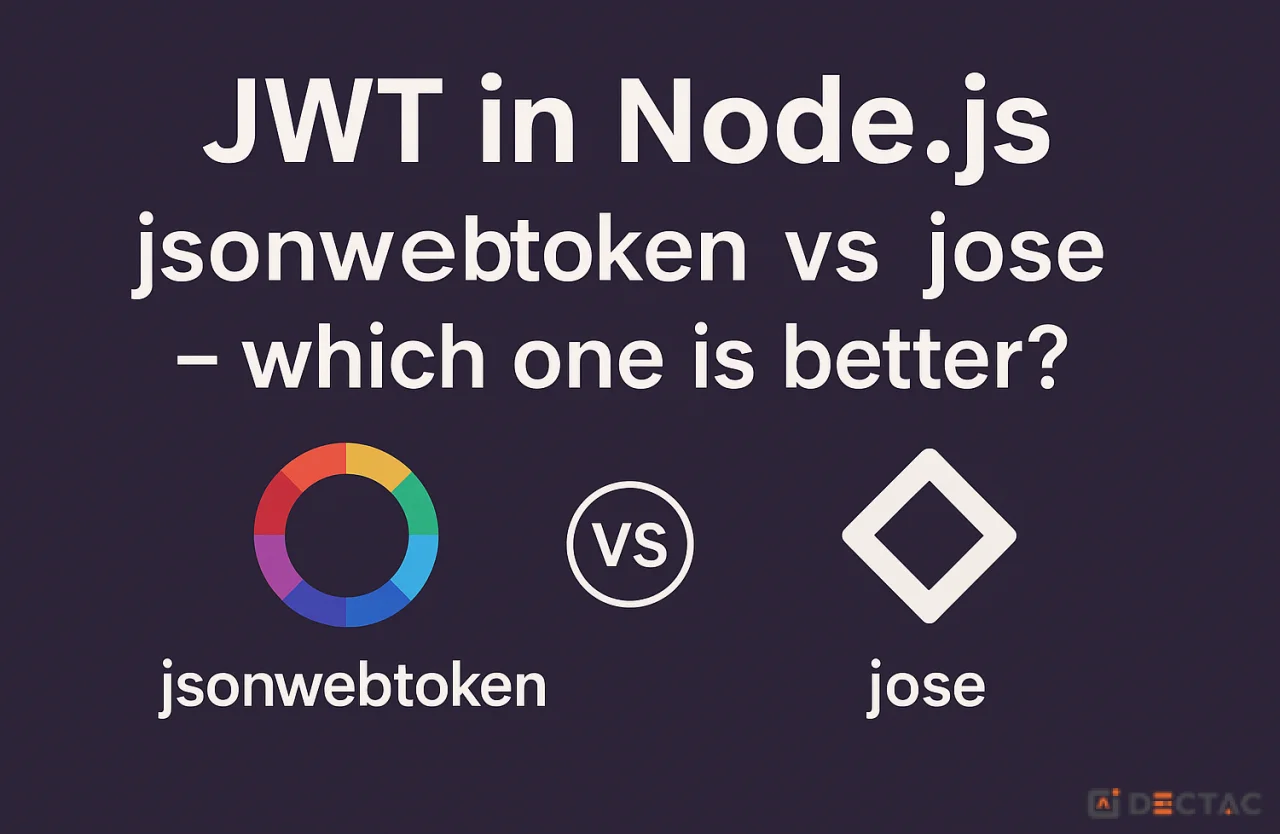So, What is Node.js? Think of it as a Playground for JavaScript
In the simplest terms: Node.js is a tool that lets you run JavaScript code outside of a web browser.
That's it! It’s not a new programming language—it's still the same JavaScript you know and love. It's just a special environment, like a playground, that lets JavaScript do powerful things on a server (the computers that host websites).
As a MERN stack developer, Node.js is the "N" in MERN. It's the engine that powers the entire backend—the part of the application that users don't see but that does all the heavy lifting.
The Superpower of Node.js: The Super-Efficient Waiter
So why is this so special? Why did Node.js become incredibly popular for building the "brains" of a website? It's all because of how it handles tasks.
Let's imagine a restaurant.
The Old Way (Blocking):
Imagine a waiter who can only do one thing at a time.
-
He takes your table's order.
-
He walks it to the kitchen.
-
Then, he just stands there and waits for the chef to cook your entire meal. He can't take any other orders. He can't refill anyone's drinks. He is "blocked."
-
Once your food is finally ready, he serves it and only then moves to the next table.
If the restaurant gets busy, everything slows down to a crawl because the waiter is always stuck waiting.
The Node.js Way (Non-Blocking):
Now, imagine a super-efficient waiter.
-
He takes your table's order.
-
He gives it to the kitchen.
-
Instead of waiting, he immediately moves on to the next table to take their order. Then he goes to another table to refill their drinks.
-
When the kitchen rings a bell to say your food is ready (this is like a "callback" in programming), he goes, picks up the finished dish, and serves it to you.
This waiter is never idle. He can handle hundreds of customers at once because he doesn't wait around. This is what "non-blocking" means.
Node.js works like that super-efficient waiter. It can handle thousands of connections (like reading from a database, handling a user login, or fetching data) at the same time without getting stuck. This makes it incredibly fast and perfect for modern applications.
The Other Superpower: NPM, The World's Biggest LEGO Store
Node.js comes with an amazing companion called NPM (Node Package Manager).
Imagine you're building a LEGO castle, and you need a special window piece. Instead of having to build it from scratch, what if you could just go to a giant, free LEGO store and grab a pre-made window piece?
That's what NPM is for developers. It's a massive, free library of code packages.
-
Need to build a web server? There's a package for that (Express).
-
Need to connect to a database? There's a package for that (Mongoose).
-
Need to work with dates and times? There's a package for that (Moment).
With a simple command, you can download these tools and use them in your project. NPM saves developers millions of hours of work because we don't have to reinvent the wheel every time.
What Do We Build with Node.js?
So, what kind of things do we use this powerful tool for?
-
The "Brains" of a Website (APIs): This is the most common use. Node.js creates the backend logic. When you click "like" on a photo in an app, your frontend (built with something like React) sends a message to a Node.js server. The server then updates the database, and tells your app, "Okay, the like has been counted!"
-
Super-Fast, Live Apps: Because Node.js is so good at handling many things at once, it's perfect for chat applications (like Slack or Messenger), online games, or live-streaming platforms where information needs to be sent back and forth instantly.
-
Simple Tools: Many of the tools that web developers use every day are actually small Node.js applications that help us automate tasks, bundle our code, and make our jobs easier.
Let's See It! Your Very First Node.js Program
You don't need a browser to run this! Let's create the simplest web server possible.
-
First, you'll need Node.js on your computer to run this code. If you don't have it yet, you can download it for free from the official website: nodejs.org
-
Create a file and name it server.js.
-
Put this code inside:
Generated javascript
// 1. First, we need a built-in tool to handle web stuff.
const http = require('http');
// 2. We create our server. The code inside here runs every time
// someone visits our server in their browser.
const server = http.createServer(function (request, response) {
// 3. We write a simple message to send back.
response.writeHead(200, { 'Content-Type': 'text/plain' });
response.end('Hello from my very first Node.js server!');
});
// 4. We tell our server to start listening for visitors on port 8080.
server.listen(8080);
console.log('Server is running! Visit http://localhost:8080 in your browser.');
To run it:
-
Open your computer's terminal (or command prompt).
-
Go to the folder where you saved server.js.
-
Type node server.js and press Enter.
-
Now, open your web browser and go to http://localhost:8080.
You did it! You created a server and ran JavaScript outside of the browser.
Your Journey Has Just Begun
Learning Node.js opens a whole new world for you as a developer. It's the key that unlocks full-stack development, allowing you to build complete, powerful, and fast applications using just one language: JavaScript.
From here, you can explore Express.js, which is the most popular package for making web server development in Node.js even simpler.
Welcome to the server-side.

